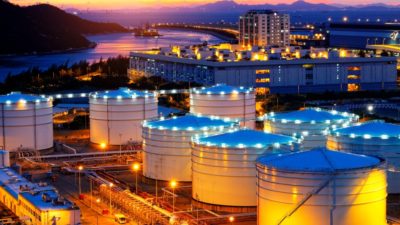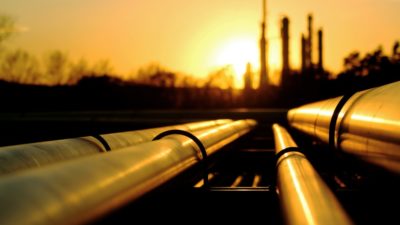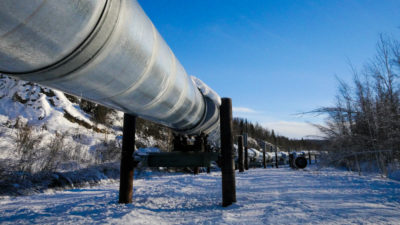Back in 2008, no one at TransCanada Corp. (TSX:TRP)(NYSE:TRP) could have predicted that its Keystone XL pipeline proposal would be such a struggle. In March of that year, then-CEO Hal Kvisle said in a press release, “We will begin construction in second quarter 2008 to achieve an in-service date of fourth quarter 2009.”
Nearly seven years later, the northern leg is still awaiting presidential approval. And on Tuesday, yet another wrench was thrown into the process. The United States Environmental Protection Agency said, while reviewing Keystone XL, that developing Canadian oil sands would increase greenhouse gas emissions. Such a conclusion could easily prompt President Barack Obama to reject the project outright.
So is the Keystone pipeline dead? Below we take a look at three reasons why its propsects don’t look good.
1. The oil price plunge
About a year ago, the State Department conducted an environmental impact assessment (EIS) of Keystone XL, and concluded that the project would have minimal impact on the environment. After all, with oil prices so high, the oil sands would be developed with or without the project.
Crucially, the report outlined what effect falling oil prices could have: “Assuming prices fell [to roughly US$70 per barrel], higher transportation costs could have a substantial impact on oil sands production levels… Prices below this range would challenge the supply costs of many projects.”
As we all know, oil prices have plunged below this threshold. So now, using the State Department’s own conclusions, Keystone XL could easily lead to greater oil sands development. And that would lead to greater GHG emissions. If President Obama sticks by his word, he will reject the project.
2. A net benefit?
Keystone’s supporters in the United States are always talking about the jobs that the project would create. But this benefit is often overstated. While tens of thousands of jobs would likely be created during construction, the pipeline would only require 35 full-time employees once completed.
There was another potential benefit: the United States imports oil from countries such as Saudi Arabia, Venezuela, and even Russia. Surely it would be preferential to import from a close friend like Canada. But energy production in the United States is surging, and imports from these countries may eventually be cut anyways.
So at this point, it looks like the bulk of the benefits go to TransCanada and Canadian oil producers.
3. The politics don’t work
In the past, polls have shown that a majority of Americans want Keystone XL to be built. Just last November, 56% of respondents in one poll said they supported the pipeline.
But this is a misleading number. After all, Keystone’s opponents are clearly more passionate than the project’s supporters. I’m not just talking about environmentalists, who have staged some passionate protests. I’m also talking about Nebraska landowners, who are fighting TransCanada in court. Meanwhile, some rich and powerful Democratic activists have devoted themselves to stopping the pipeline. So if President Obama rejects the project, he might not endure much political backlash at all.
And if the pipeline is rejected, then this would be bad news for TransCanada, but even worse news for Canada’s energy producers. Investors, take note.







